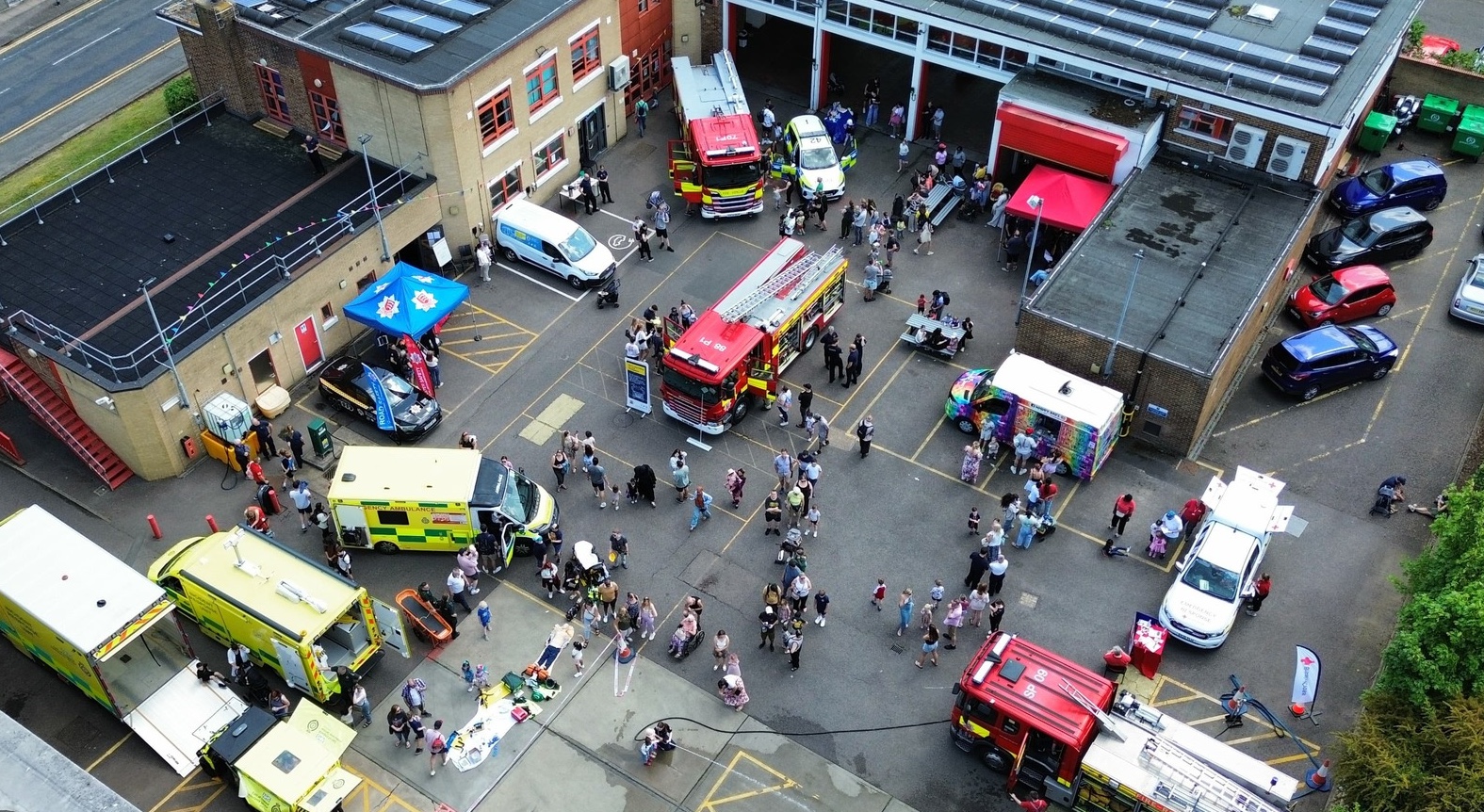
Licensing
Licensed premises tend to pose a greater risk to people if there is a fire. People attend bars, clubs and entertainment venues to enjoy themselves - whether that's to have something to eat or drink, dance, listen to music or watch a show.
Visitors to these venues tend to be more relaxed and don't necessarily act and behave as they would do in other circumstances - therefore, extra provisions and care are needed to ensure that if there is a fire people can evacuate quickly and safely.
The Licensing Act 2003 introduced a single licensing scheme for premises which:
- Supply alcohol
- Provide regulated entertainment
- Provide late night refreshment
The Act has four principle licensing objectives:
- The prevention of crime and disorder
- Public safety
- The prevention of public nuisance
- The protection of children from harm
Under the Licensing Act 2003, the licensing authority is required to consult and give Essex County Fire & Rescue Service (ECFRS) the opportunity to make representation with regards to public safety, before issuing the licence.
The local licensing authority is responsible for administrating and issuing premises licences but cannot impose any fire safety conditions, as these are enforced under the FSO.
As part of the consultation process, we will assess the nature of the application, type of premises and the fire precautions detailed in the application to ensure that the public safety licensing objective is being met, before determining the appropriate outcome.
The FSO requires fire precautions to be put in place 'where necessary' and to the extent that it is reasonable and practicable in the circumstances of the case (including occupancy capacity limits).
The fire precautions needed in any given case will depend on the significant findings of the fire risk assessment. The responsibility for complying with the FSO rests with the 'responsible person' and that may be the employer or any other person/people who may have control of the premises.
The significant findings of the fire risk assessment must be recorded where:
- A licence under any enactment is in force in relation to the premises
- An alterations notice requiring this is in force in relation to the premises
We will look for evidence that the responsible person has carried out a suitable fire risk assessment and acted upon the significant findings of that assessment. Failure to comply with the provisions of the FSO may lead to our officers requesting the local licensing authority to review the premises licence.
In cases where there is a significantly large and immediate risk, we may issue a prohibition notice that prohibits/restricts the use of part or all of the premises until improvements are made. If there are or have been significant breaches or risks to people in case of fire, the Fire Authority may additionally take legal action through the courts.
As part of the Licensing application, you will need to supply us with copies of the following:
- Licensing application
- Operating schedule (including the Fire Risk Assessment)
- Plan of the premises
Plans
Unless the relevant licensing authority has previously agreed in writing with the applicant following a request by the applicant that an alternative scale plan is acceptable to it, in which case the plan shall be drawn in that alternative scale, the plan shall be drawn in standard scale (1:100).
The plan should show:
- The extent of the boundary of the building if relevant, and any external and internal walls of the building and, if different, the perimeter of the premises;
- The location of points of access to, and egress from, the premises;
- The location of escape routes from the premises;
- In a case where the premises is to be used for more than one licensable activity, the area within the premises used for each activity;
- Fixed structures (including furniture) or similar objects temporarily in a fixed location (but not furniture) which may impact on the ability of individuals on the premises to use exits or escape routes without impediment;
- In a case where the premises includes a stage or raised area, the location and height of each stage or area relative to the floor;
- In a case where the premises includes any steps, stairs, elevators or lifts, the location of the steps, stairs, elevators or lifts
- In the case where the premises includes any room or rooms, containing public conveniences, the location of the room or rooms;
- The location and type of any fire safety and any other safety equipment including if applicable, marine safety equipment, and
- The location of a kitchen, if any, on the premises
The plan may include a legend through which the matters mentioned or referred to above are sufficiently illustrated by the use of symbols on the plan.
Government Guidance
There is Government guidance on what measures are needed to ensure the safety of these types of premises:
For more help or to apply for a license visit your Local Licensing Authority below:
Basildon District Council
Braintree District Council
Brentwood Borough Council
Castle Point Borough Council
Chelmsford Borough Council
Colchester Borough Council
Epping Forest District Council
Harlow District Council
Maldon District Council
Rochford District Council
Southend on Sea Borough Council
Tendring District Council
Thurrock Council
Uttlesford District Council


